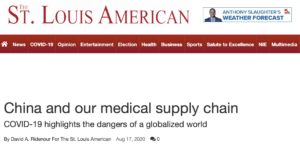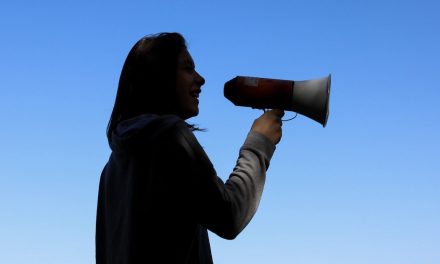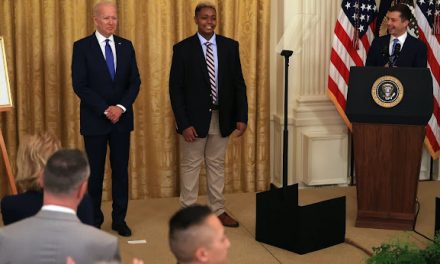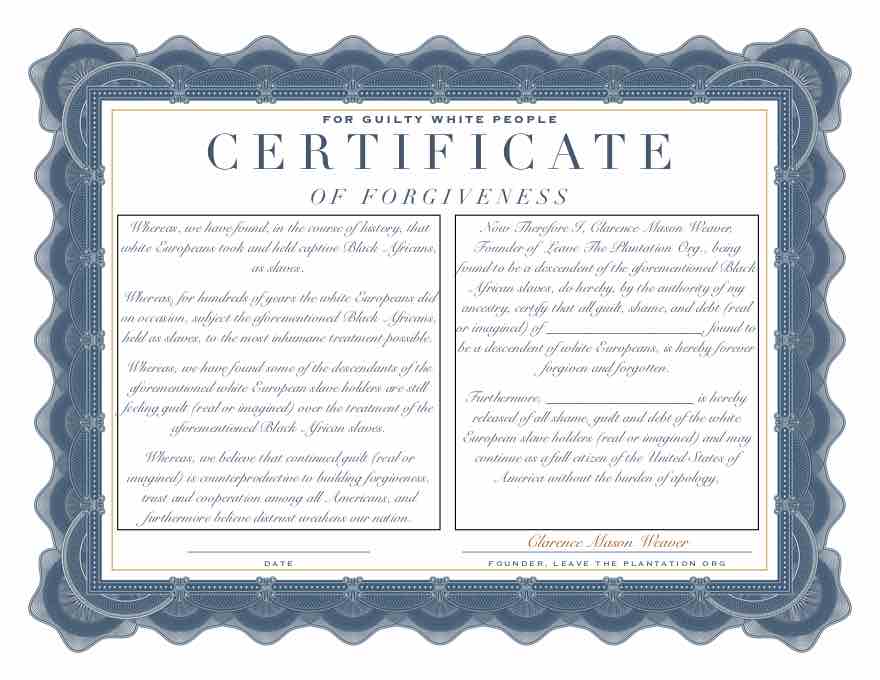LTP News Sharing:
“Buy American” initiatives to bring manufacturing of vital medications and personal protective equipment (PPE) back to the U.S. is a worthwhile policy, but it’s “worth doing well.”
That’s what National Center President David Ridenour notes in a commentary published by newspapers such as the St. Louis American, Fergus Falls Daily Journal and Princeton Herald. He also provides good news that the United States may not be as beholden to the Chinese government for health care products as had initially been feared.
That being said, there’s now an opportunity to figure out the best repatriation strategy to ensure a healthier and safer America:
These policymakers have the right idea, making more medicines and medical gear in the United States could help ensure we’re equipped to handle the next pandemic without relying on trading partners. But bolstering the domestic supply chain will take time – and rushing the process could cause the shortages that policymakers hope to avoid.
David notes that the repatriation process could cost $2 billion over a decade just for drugs, and that policymakers “can’t just snap their fingers and repatriate the supply chain.” But incentives to manufacturers could streamline the process.
And there is breathing room in light of the fact that Chinese domination of the health care market appears to be “wildly exaggerated.”
For example:
- America is less dependent on China for essential products than many Buy American advocates believe. We already manufacture 70 percent of essential medical equipment domestically. Of the remaining 30 percent, most comes from Ireland, Germany, and Switzerland. China trails as the fourth-largest supplier.
- Twenty-eight percent of facilities capable of manufacturing “active pharmaceutical ingredients” (API) – the chemicals used to make drugs – are based in the United States, 26 percent in the European Union and 18% in India. China lags behind at just 13%. Only three of the 370 drugs deemed “essential” by the World Health Organization contain active pharmaceutical ingredients sourced solely from China.
COVID-19 has “highlight[ed] the dangers of our globalized world.” And while it’s sensible to not rely on countries like China that seek to dominate us, David writes that policymakers need to take the time to adopt a commonsense approach for mending past mistakes.
Click here to read all of “China and Our Medical Supply Chain” at the St. Louis American website.

The post The Correct Way to Rebuild American Medical Security appeared first on The National Center.
Author: David Almasi







